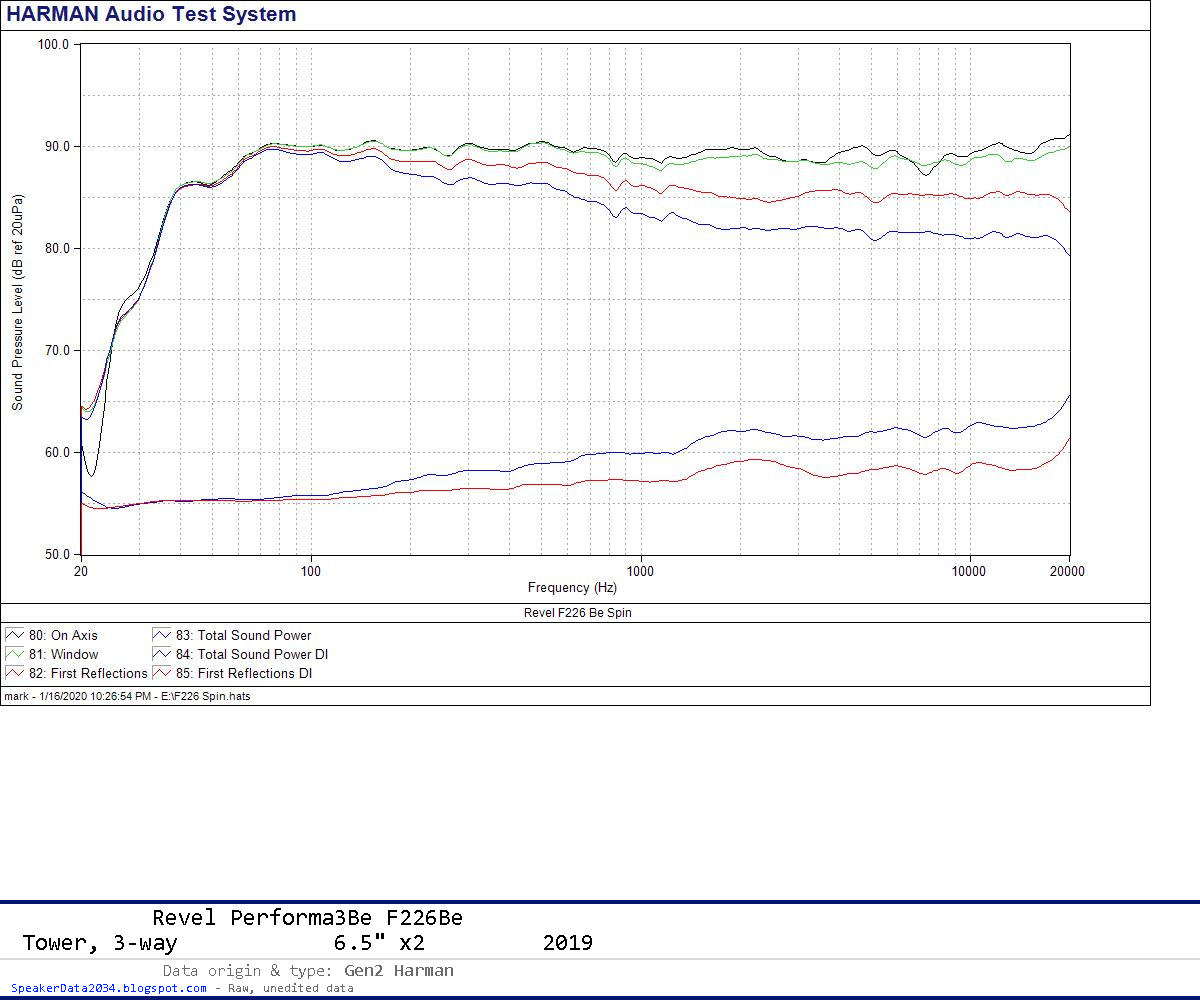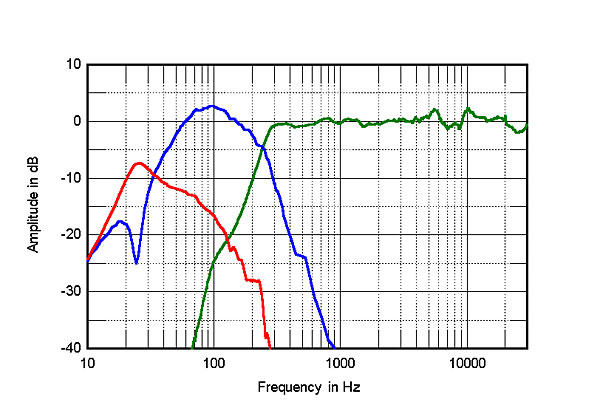This is a review and detailed measurements of the Revel F228Be floor-standing speaker. This speaker was purchased new and drop shipped to me for testing. Alas, the customer can no longer afford them so if you are interested, let me know. The retail cost US $5,000
each but discounts have become common with Revel speakers.
NOTE: our company, Madrona Digital is a dealer for Harman products including Revel. While we don't do any retail business, I think it is fair for you to be on notice that there can be conflict of interest here. Feel free to read as much bias as you like into my subjective remarks (objective measurements are made the same as any other speaker).
This specific F228Be speaker is in gorgeous white color:
View attachment 131665
Please excuse the speaker cable. Normally I would disconnect it for a nice picture but these sounded so good I did not want to stop the music to take the picture!
Measurements that you are about to see were performed using the
Klippel Near-field Scanner (NFS). This is a robotic measurement system that analyzes the speaker all around and is able (using advanced mathematics and dual scan) to subtract room reflections (so where I measure it doesn't matter). It also measures the speaker at close distance ("near-field") which sharply reduces the impact of room noise.
Both of these factors enable testing in ordinary rooms yet results that can be more accurate than an anechoic chamber. In a nutshell, the measurements show the actual sound coming out of the speaker independent of the room.
I performed over 1400 measurement which resulted in error rate of less than 1% below about 2 kHz. Above that it shot up to 2% or so.
Temperature was 68 degrees F.
Measurements are compliant with latest speaker research into what can predict the speaker preference and is standardized in CEA/CTA-2034 ANSI specifications. Likewise listening tests are performed per research that shows mono listening is much more revealing of differences between speakers than stereo or multichannel.
Reference axis was between the tweeter axis.
Revel F228Be Measurements
Acoustic measurements can be grouped in a way that can be perceptually analyzed to determine how good a speaker is and how it can be used in a room. This so called spinorama shows us just about everything we need to know about the speaker with respect to tonality and some flaws:
View attachment 131666
On-axis response is as we expect from a Revel speaker: almost flat with just a dip visible around 7 to 9 kHz. Early window response in dashed blue is almost the same as on-axis which indicates good directivity:
View attachment 131667
Interesting that the large dips for floor and ceiling reflections actually help balance the overall response! There is however a slight dip around 400 Hz. That causes the only blemish in otherwise excellent predicted in-room frequency response:
View attachment 131684
This should make the speaker very room friendly as reflections don't color the direct sound.
Near-field measurements of each driver shows why the total response is so coherent:
View attachment 131685
Horizontal beam width is flat until the upper treble range:
View attachment 131686
Ditto for horizontal directivity:
View attachment 131687
There is a bit of oddness though at 170 to 180 degrees. That is come out from back of the case/tweeter.
Vertical directivity shows the needed freedom relative to tweeter axis and your ear height:
View attachment 131688
Impedance dips low and with some phase angle so you better have a stout amplifier to drive the F228be:
View attachment 131689
Some of the best news is in distortion department:
View attachment 131690
View attachment 131691
Revel F228Be Listening Tests and Equalization
This speaker was too heavy to drag upstairs to my normal listening room so testing was performed in our living room where I also tested the
Revel F328Be. First impression was
NOT positive! The sound was boomy and vocals lost in the midst of all that. So I pulled out my room measurements and knocked down the two room modes around 89 Hz. That made a remarkable difference. The sound was now open, distortion-free and quite nice. These large floor standers energize the room modes which can easily ruin the sound of even the best speakers.
I also added a slight boost in the 400 Hz (2 dB or so) which I thought balanced things out well (based on PIR response). Sorry forgot to save the EQ snapshot on my laptop. Can post if there is interest but really, other than the room mode, you don't need to do much.
Once tuned to the room, the sound was sublime. Track after track in my reference playlist filled the large space with incredible resolution and good bit of bass response. One fantastic track was the
Opera from Niklas Paschburg's album,
Svalbard:
You didn't want the music to end.
 Comparisons to Revel F328Be Speaker
Comparisons to Revel F328Be Speaker
It has been quite a while since I tested and listened to the
Revel F328Be which I reviewed back in November of last year. The F328 is a larger speaker and whether visually or audibly or both, projects a larger scale. The F228Be at first made me think the sound was emanating from its tweeter and midrange but that effect quickly wore off. With the F328Be, it lasted quite a bit longer as the tweeter height is higher. I remember the bass being more substantial in F328Be but the F228Be has plenty of that as well.
Objectively, the F328Be is a dB or two more efficient and has less distortion at 96 dBSPL:
That's about half as much distortion in bass than the F228Be tested here. The F328Be is a betters speaker but you need to sit farther from it so that the tweeter doesn't appear to be too high (until you get used to it).
Conclusions
What can I say. We expect Harman products as personified in Revel line to follow the best research we know in speakers to deliver and the F228Be does so. Any more perfection would require active design and DSP to smooth things out even more. Key here though is that these speakers deliver enough bass to activate room modes so you must have a strategy in place to deal with them. If not, you are better off getting bookshelf speakers (even there EQ is important). Without it, you ruin the sound of this speaker.
It is my pleasure to put the Revel F228Be speaker on my recommended list. I am happy it doesn't weight as much as my monster Salon 2 or the F328Be.

------------
As always, questions, comments, recommendations, etc. are welcome.
Appreciate any donations using: https://www.audiosciencereview.com/forum/index.php?threads/how-to-support-audio-science-review.8150/




